The Samsung Galaxy Ring is a health tracker—at least for those things you can fit into a ring. Over a week, we discovered what we liked and what a smartwatch could do better.
In early September, I was sent a ring-sizing kit with nine plastic rings from size 5 to 13. This was a good thing, too, as size 12 was a little too tight, and size 13 was a little too loose. If you have meaty fingers (13+), this is not for you. I noticed that Samsung will consider introducing half sizes in the next version due to the sizing kit results.
Note: If you do not use the Ring Size Kit, Samsung will charge a restocking fee for returns due to incorrect size – do not select ‘Yes, I know my size’.
In mid-October, we had a signed non-disclosure (NDA) agreement briefing agreeing to an embargo until 16 October—the Ring’s release date. NDAs are part of any professional journalist’s life. Still, it is an understatement to say hundreds if not thousands of outlets broke the embargo by several days, including early releases from Samsung India and Samsung US that let the Ring out of the box. There was no story left to promote to Australian audiences.
Australian Review: Samsung Galaxy Ring SM-Q509NZKAXSA
| Website | Product Page Manual |
| RRP 5/11/24 | $699 |
| From | Samsung Online |
| Warranty | 12-months ACL |
| Made in | Vietnam |
| Company | Samsung is a South Korean multinational manufacturing conglomerate headquartered in Samsung Town, Seoul, South Korea. Samsung Electronics (the world’s largest information technology company, consumer electronics maker and chipmaker. |
| More | CyberShack Samsung News and Reviews CyberShack TV/AV News and Reviews |
We use Fail (below expectations), Passable (meets low expectations), Pass (meets expectations), Pass+ (near Exceed but not class-leading) and Exceed (surpasses expectations or is the class leader) against many of the items below. You can click on most images for an enlargement.
We are also tightening up on grading. From now on, Pass, for example, means meeting expectations for the price bracket. We consider a Pass mark to be 70+/100 with extra points added for class-leading and excellence.

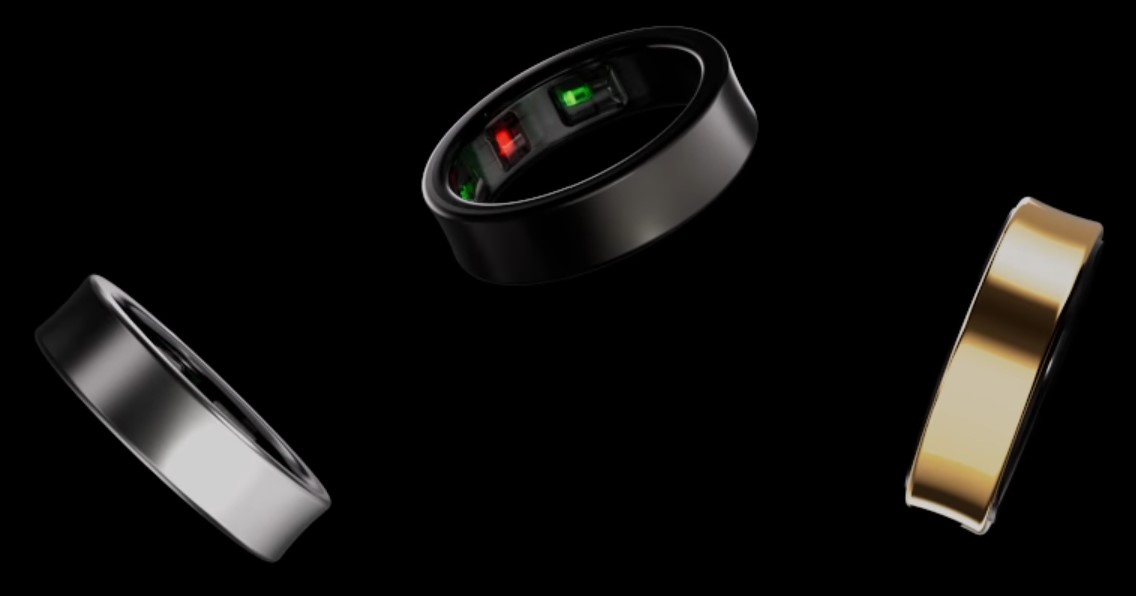
First Impression – Nice case
My review follows a week with the ring firmly on my finger because Ring lovers will have read every other faux review that doesn’t give you the whole experience.
Day One – the biggest day
It comes in a typical Samsung matte black recycled cardboard box. Inside is the clear Perspex ring box/charger—small at 48.9 square x 24.5mm x 61.3g (plus ring from 2.3-3g). It comes in black, silver, or gold.
There is a metre-long USB-C to USB-C charge cable and a warning to use only Samsung-approved chargers, ironic when it does not come with one. The cryptic instructions, which you need a magnifying glass to read, basically say to charge (USB, Qi, or Samsung Wireless Power share), connect via Bluetooth to a mobile device, download software, and wear the ring. Samsung is trying to save the planet by not providing a 47-page paper manual.
The setup was trial and error.
Samsung says it can run on Android 11.0 or above with a minimum of 1.5GB RAM. So I decided to install it on a non-Samsung Android 14 device purely as a test – yes, it works, excluding a few minor Samsung Galaxy phone-exclusive features.
You get various setup messages. First, download Samsung Wear. Then sign into your Samsung account (which non-Samsung users need to establish) and sign all your privacy rights away.
Next, the Ring Plugin and another few thousand words of privacy policy.
Finally, there is the free version of Samsung Health and more privacy policies. I must tell you that reading tens of thousands of words of fine print was the most tedious part of the setup. These apps are on Google Play, and I assume Samsung owners would get them from its Galaxy Store (which has a few thousand words of privacy agreements).
Privacy is the biggest issue facing humankind. As much as I like Samsung, it has developed the art of hoovering up your data for sales, advertising and marketing purposes so far beyond any other electronics corporation, and users have a right to be wary.
Humanity has a right to privacy. We will call out any company that, in our opinion, oversteps the mark.
Night One
I like to shower before bed. The ring is water resistant for 10 minutes to a depth of 100 metres—so I guess it is safe to shower. But of more concern is that I like to wash my hands several times a day using an antibacterial handwash. Would that be an issue? It has an IP68 rating and is dust and water-resistant to 1.5 metres of fresh water for up to 30 minutes. So, let’s risk it. Taking the ring off to wash hands does not affect health metrics.
Off to bed and to track sleep. I suffer from bad hay fever, and that night was terrible, punctuated with regular bouts of explosive sneezing. Samsung recorded total sleep time, physical recovery (which showed why I was tired the next day), restfulness (not enough), mental recovery (poor) and other sleep facts. Overall, sleep tracking is good – perhaps not detailed enough.
It also records heart rate and blood oxygen, but not stress while asleep.
Day Two
The first 24 hours used about 12% (88% remaining), so it is well on the way to seven days’ use.
I decided to explore the Wear and Health apps and learned that snore detection requires your smartphone to be charging at your bedside as this does not have a mic.
I switched on autodetect workouts (walking and running only). Spoiler Alert: the more you turn on from the defaults, the shorter the battery life.
After a good night’s sleep, my energy score is up from 54 (pathetic) to 78.21. The app tells me that I am too sedentary, so I am off for a 5km walk.
Comfort: Still feeling it.
Day Three
Hmmm, 65% battery (12/23% used in two days) means it will be touch and go for seven days. A decent night’s sleep edges the energy score to 87. I’m off for a walk, but I discovered that heart rate measurement is every ten minutes—and I want more granular results during exercise as a smartwatch can give. I realise that I miss the smartwatch constant monitor and its GPS map overlay function.
Day Four-Five-Six
- Four: 40% battery—25% used in the past 24 hours. I dig into settings and find Frequent Synchronization may be the battery hog. But if I want granular data, then it needs to be enabled.
- Five: 18% battery left – 23% in the past 24 hours.
- Six: 0% by 8 AM. We measure from 12 PM to 12 PM, four hours short of six full days.
We will continue to use the Samsung Galaxy Ring and report on whether battery life can be extended or reduced over time.
Comfort: I am not a ring-wearer, but about day 4, it stopped being noticeable. It was more noticeable when typing (which journalists do a lot of) as it rubbed between my index and ring fingers.
Looks: As much as I tried to avoid physical contact with objects, I hit the door frame, which left a mark.
Positioning: There is a nub to identify the correct wearing position. Invariably, the ring slipped a bit off-centre, and a 45° off-angle will stop the sensors from gathering data.
How does the Samsung Galaxy Ring work?
It has three sensors, a Lithium-ion battery, a Qi charge coil, Bluetooth, and a small ARM processor with RAM to store results. See the teardown at the end of this review.
- Optical heart rate sensor
- Skin Temperature sensor
- Accelerometer to measure steps and restlessness.
Comfort – should be fine
I don’t wear rings or body adornments. In fact, I lost my wedding ring while on my honeymoon; such is my aversion!
This is a new experience for me. Samsung recommends wearing it on your index finger, but mine was a little tight for the largest size, 13. I tried it on the ‘bird’ finger, and it felt OK, not interfering with the adjacent fingers. I tried it on my ring finger, and it felt strange against my little finger.
So, bird-finger it is. And yes, I can feel it every moment – time will tell.
Looks – Pass+
I am disappointed. The Titanium matte Black looks much more like plastic, although I am sure it is not. The slight concave curve and hard edges mean you will probably bump and scratch it, which is not covered by warranty.
Accuracy – Pass
It is less accurate than a smartwatch or a smartphone. The question is, which is accurate? I consider the five beats per minute variance ‘wearable,’ but the pedometer function is way off—at least 1000 steps over 5km. I can’t find any way to compensate for the length of the step, etc.
Battery life – Pass
The first 24 hours used about 12%, so it is well on its way to seven days’ use. However, as more features were enabled, it averaged about 23-25% daily.
The rings have 18mAh in the size 5 to 23mAh in the size 13. The case has a 361mAh battery capacity, which can recharge 15 times.
Samsung Wear app
This is all about the hardware, firmware updates and how the sensors are used. For example:
- Set heart rate alerts (low and high). No ECG or irregular heart rate notifications.
- Sleep: Blood Oxygen (SpO2), snore detection (it does not have a mic and relies on your mobile phone being nearby)
- Skin temperature during sleep (battery drainer)
- Stress: uses heart rate sensor to predict stress (not sure how)
- It can use the sensors to predict menstrual cycles
- Autodetect Walking and running (does not have a GPS)
- Inactivity alerts
- Find my Ring (flashes the sensor lights only with a Samsung phone)
- Pinch Gesture (only works with Samsung Galaxy Z Flip)
Samsung Health app
To be clear, the three sensors are dedicated to defined tasks. You will find no interoperability, ECG, haptics, etc., standard on most smartwatches or fitness appliances.
Enter Samsung Health, which uses global data sets to make assumptions about the three feeds from the ring. Samsung calls this AI based on your gender, age, height and weight.
The good part is that most standard health metrics are free, although Samsung warns that fees may apply to certain AI Features at the end of 2025.
Essentially, AI calculates an energy score and provides health insights that, while intended to be helpful, are just common sense and add little value.

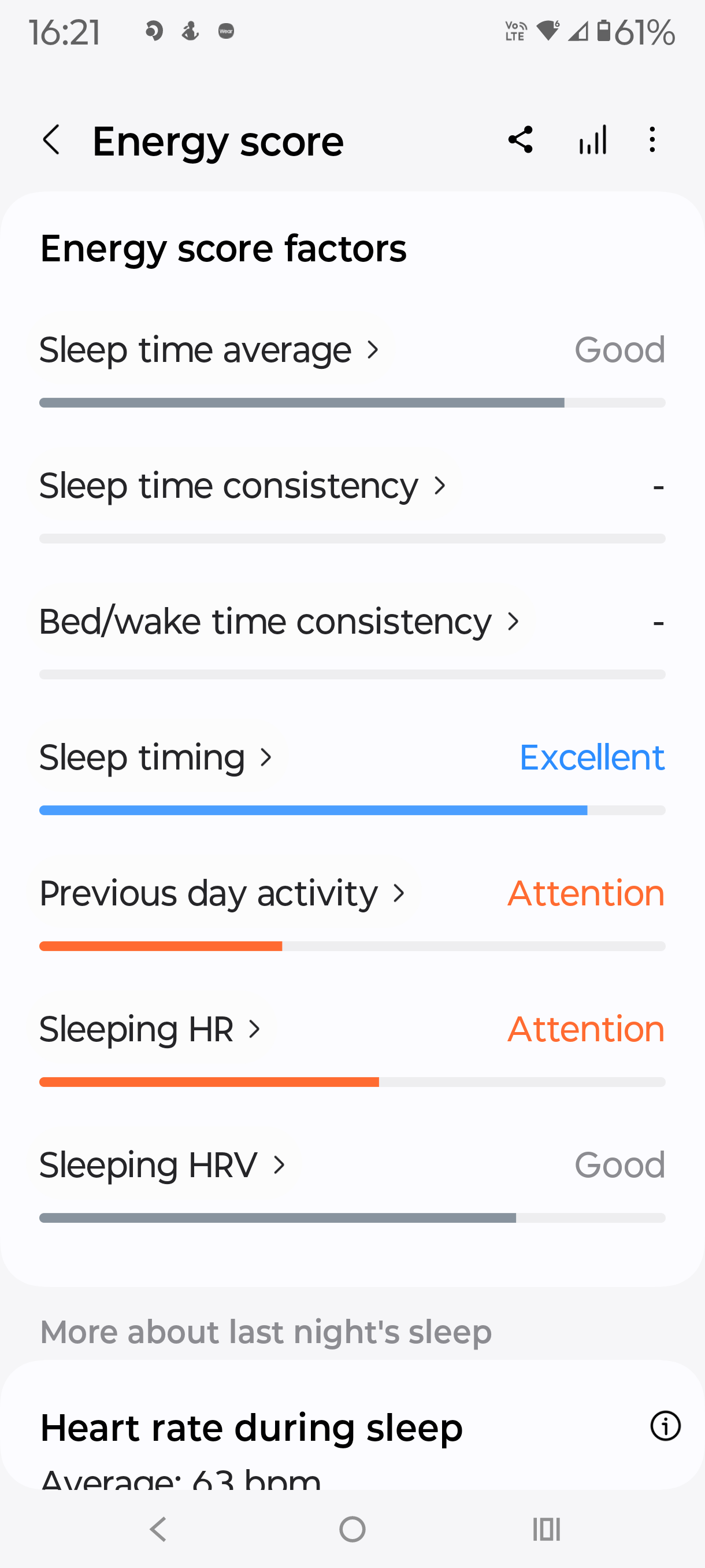
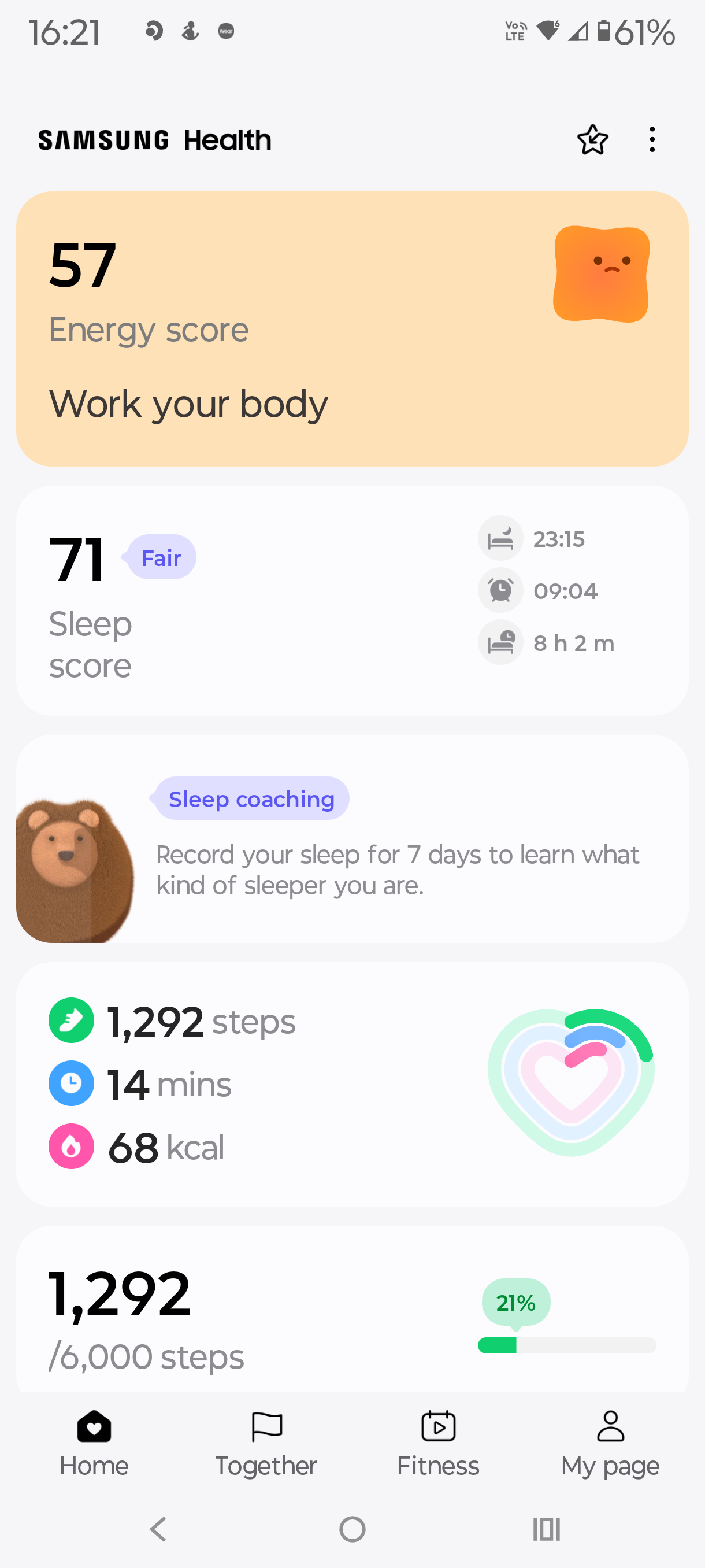

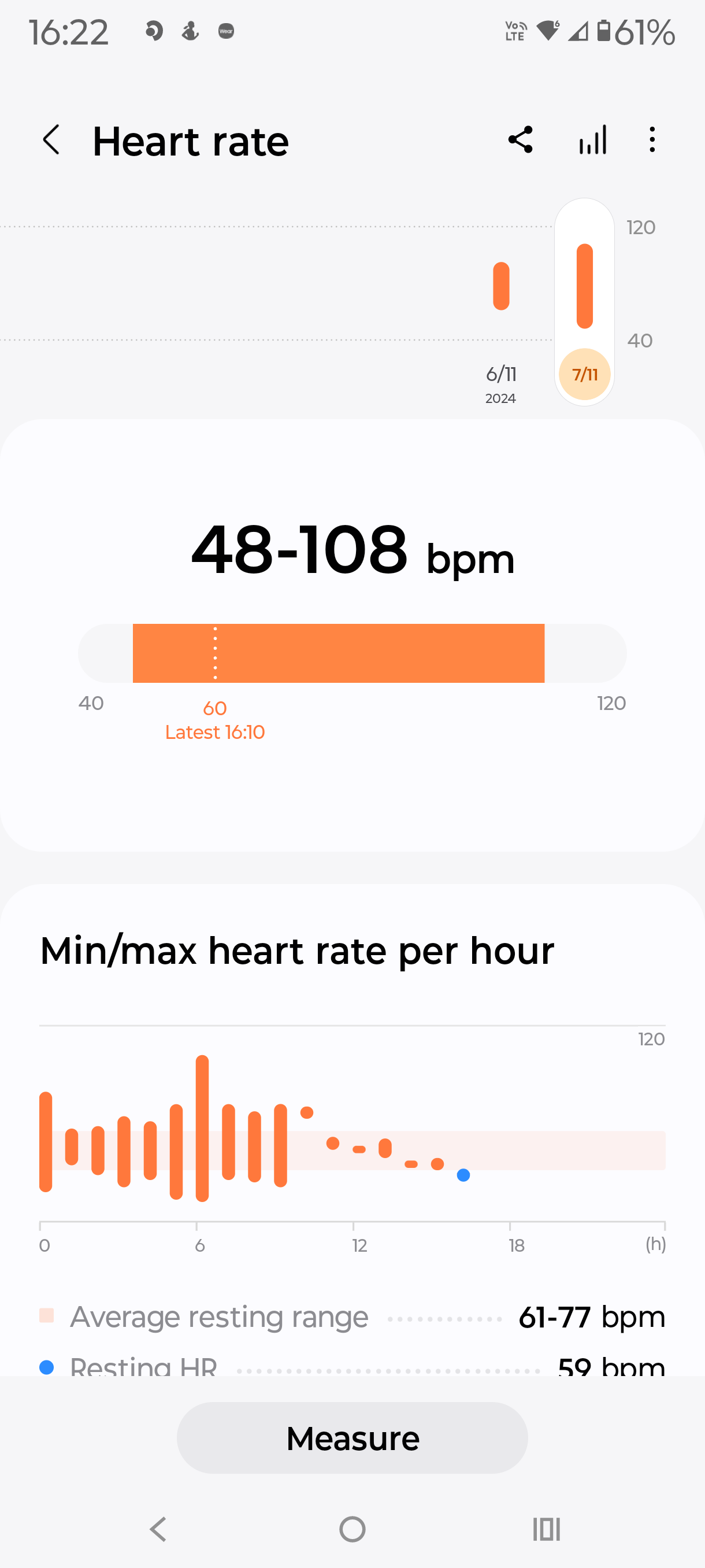
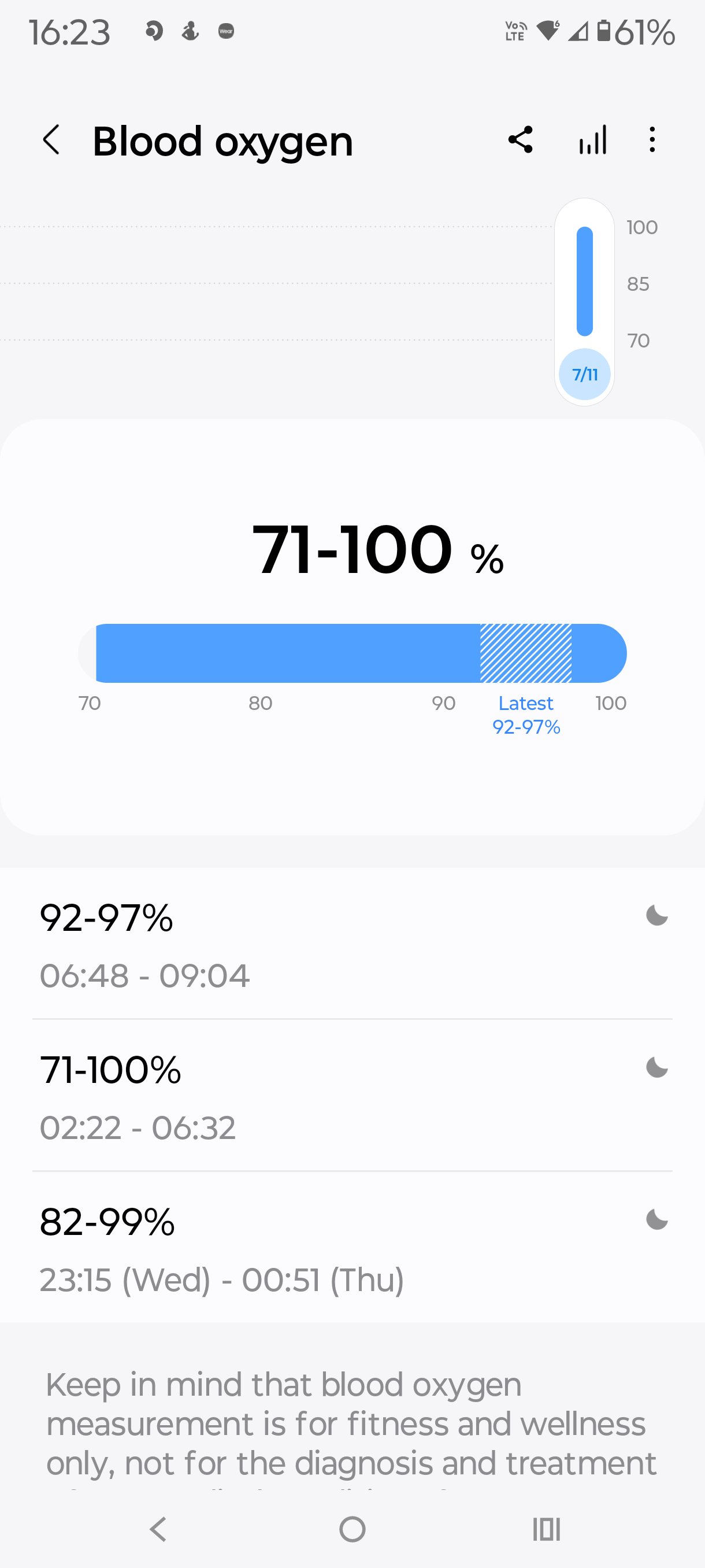
CyberShack’s view – Samsung Galaxy Ring performs a subset of what smartwatches do
The Samsung Galaxy Ring is an expensive accessory for the tech-savvy invested in the Samsung Galaxy ecosystem. We have already heard rumours of Galaxy Ring 2 coming earlier to address some issues, so the old sage advice—never buy version one of anything—may apply.
I do see a niche. It is far easier to put on a ring and charge it weekly than strap on a smartwatch and charge it daily.
We cannot give this a numerical rating yet as we have no benchmarks or other rings against which to benchmark. Samsung was not the first and won’t be the last.
To sum up the Samsung Galaxy Ring, after several days of use.
I like the concept; it is a game changer, but other brands have beaten Samsung to the post.
I can’t help feeling that a decent smartwatch does a better job. Sure, the Ring is small and probably better for sleep monitoring, but many people wear watches to bed quite successfully.
I don’t know how well the ‘titanium frame’ will wear. User reviews are littered with stories of scratches.
- Features: A three-sensor device that relies heavily on Samsung Health AI to construct a picture of your health.
- Value: $699 seems excessive when Oura Gen 3, Amazfit Helio, and RingConn are about $400. Cheap health rings cost $50, and all have the same three basic sensors.
- Performance: Accurate within tolerable limits. Battery life 5-6 days.
- Ease of use: Apart from the copious and lengthy privacy policies that you should read, it is easy to install and use.
- Design: It has a nice concave design. Regrettably, the ring cannot be repaired, and the battery cannot be replaced. iFixit’s teardown states that it has about 400 battery recharge cycles and about a two-year lifecycle.
Pro
- No subscription for basic health data
- The ring case can recharge up to 1.5x
- Data is usable if consistently inaccurate
Con
- Limited metrics compared to smartwatches
- Android only
- Auto-sensing for walk and run only
- Not repairable
- The more features you enable, the faster the battery drains.
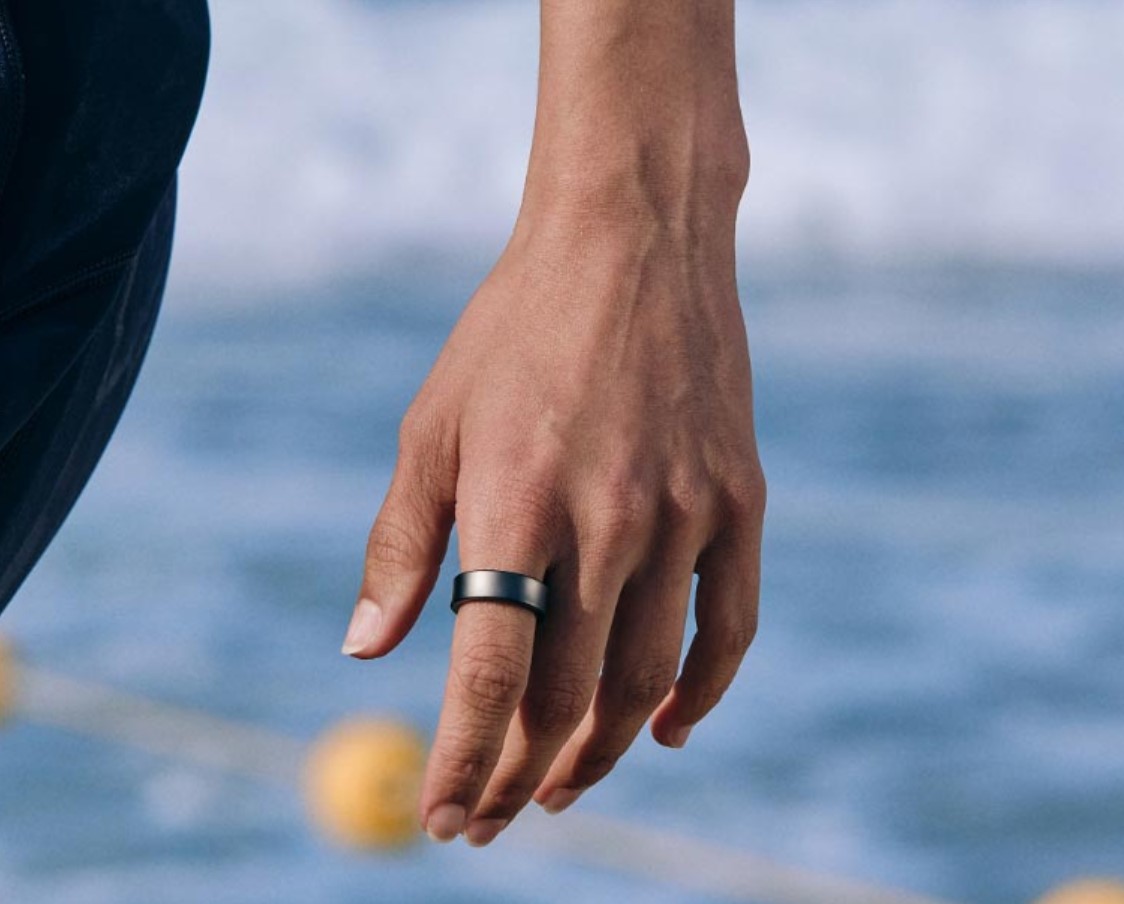







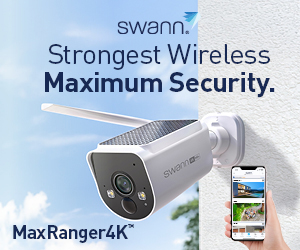

2 comments
daman game
Great insights on the Samsung Galaxy Ring! I’m really intrigued by its features, especially the health tracking capabilities. It sounds like a game-changer for those of us looking to monitor our wellness more closely. Can’t wait to see how it performs in real-world situations!
Ray Shaw
Rings have potential but never buy V1.0 of anything.